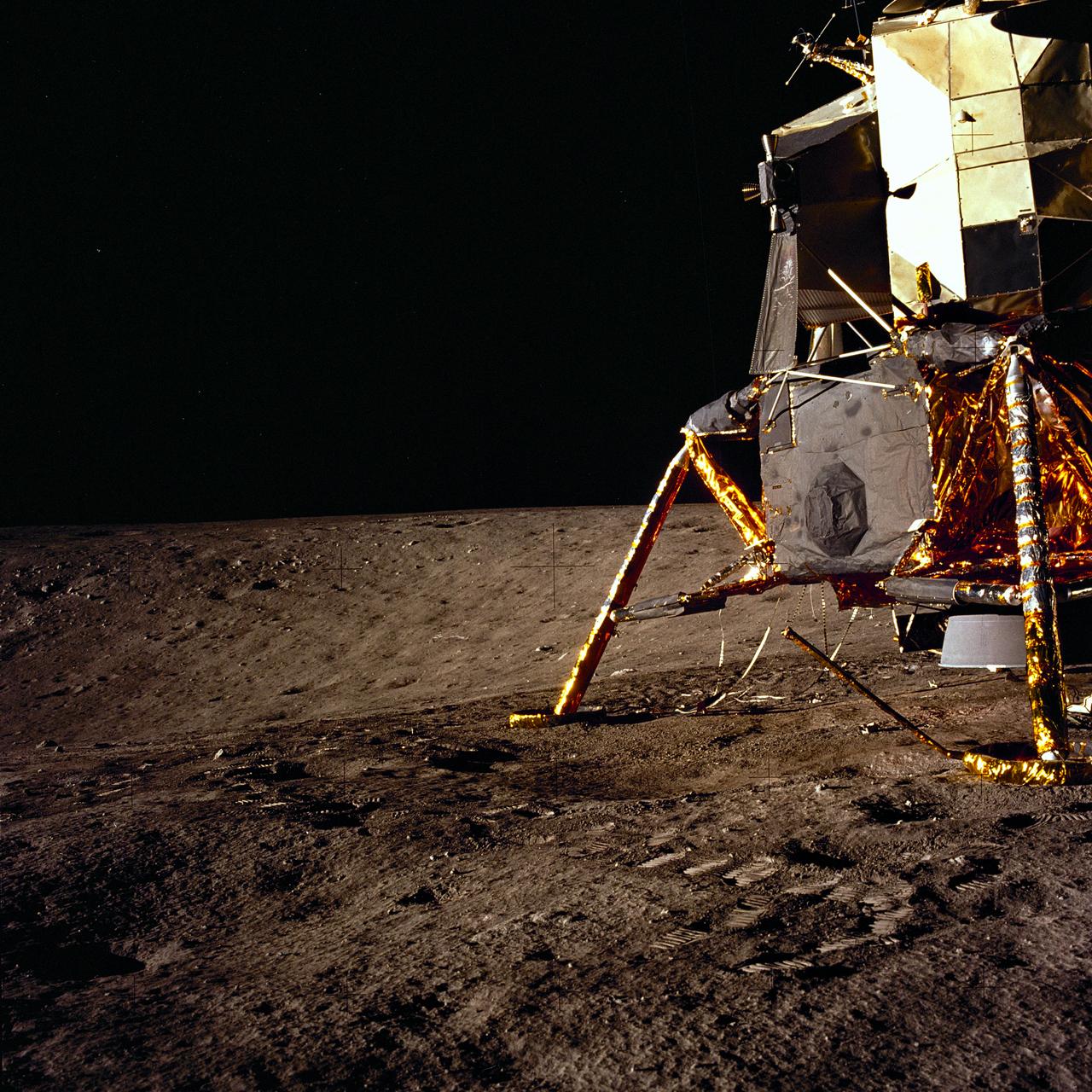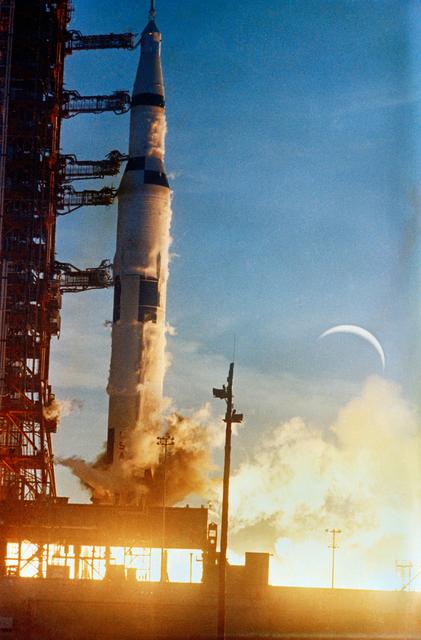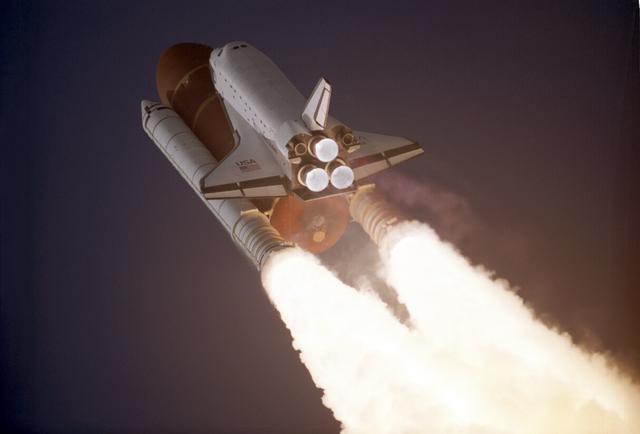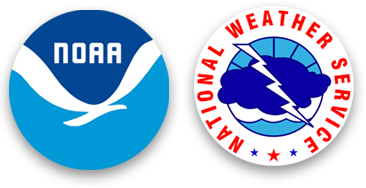Supporting the Space Race - National Weather Service Heritage

Supporting the Space Race
By NWS Spaceflight Meteorology GroupNASA was formed on July 29, 1958. Not long after, Project Mercury was announced with the goal of placing a man into space. NASA determined that Project Mercury would require unique weather support, and that the civilian Weather Bureau should be the lead organization for providing this support.
Project Mercury
The Weather Bureau established the Project Mercury Weather Support Group with 3 subordinate units to support the program. The Cape Canaveral office provided support for pre-launch preparations, launch and recovery operations. National Meteorological Center in Suitland, Maryland, provided access to the Weather Bureau’s communications and computer systems. The Miami Weather Bureau Office (co-located with the National Hurricane Center) provided expertise for weather in the ocean recovery areas. Air Weather Service and contract personnel at Patrick Air Force Base/Cape Canaveral Air Force Station and Navy weather personnel on-board ships in the recovery areas provided assistance, primarily observations and upper atmosphere balloon measurements, to the Weather Bureau forecasters.
The Gemini program
In 1961, President John F. Kennedy set a goal of landing a man on the moon and returning him safely. The Gemini program was established to bridge the gap between the single-man Mercury orbital flights and the 3-man lunar missions in the Apollo program.

When the Manned Space Center opened in Houston in 1962, a Weather Bureau office was established to provide spacecraft recovery weather support at the new Mission Control Center. Eventually, the Spaceflight Meteorology Group (the successor to the Project Mercury Weather Support Group) was headquartered at the Manned Spacecraft Center with branches at Houston (recovery operations), Cape Canaveral (pre-launch and launch operations), Suitland and Miami. The Spaceflight Meteorology Group reported to the Weather Bureau's Space Operations Support Division in Washington. The Spaceflight Meteorology Group Headquarters and office at Houston were the genesis of today's SMG.
The Apollo Program
An additional unit at Honolulu was added to the Spaceflight Meteorology Group, to support the expected increase in Pacific Ocean recoveries during the Apollo program. The Spaceflight Meteorology Group supported the Apollo lunar missions, the Skylab orbital missions, and the Apollo-Soyuz Test Program during this period. Weather support was required not only for launch and recovery operations, but also for in-flight weather experiments conducted by the astronauts. This in-flight support was particularly important during the Skylab missions.
The Space Shuttle Era

At the close of the Apollo program, NASA allowed each center to select their weather support structures. Kennedy Space Center opted to use the Patrick Air Force Base/Cape Canaveral Air Force Station Air Weather Service unit (now the 45th Weather Squadron) for weather support to pre-launch and launch operations. Johnson Space Center chose to retain the National Weather Service for weather support services. The SMG subordinate units were closed with only the Houston office supporting the Mission Control Center remaining.
The Shuttle program began in the 1970’s. Initial Approach and Landing Tests were conducted by the prototype shuttle Enterprise, and regular launches began on April 12, 1981 using the shuttle Columbia. During the Shuttle era, SMG provided weather forecast support for all possible landing sites and to the flight director at Johnson Space Center, while the 45th Weather Squadron issued forecasts for crewed and unmanned rocket launches at Cape Canaveral, with support to the Kennedy Space Center launch director. SMG also provided support for landing locations in the event of an emergency evacuation of the International Space Station.
The size of the staff has waxed and waned over the years, and since the Shuttle program ended, has been reduced to a single NWS meteorologist.
Additional Resources:
- NWS Spaceflight Meteorology Group Home Page: https://www.weather.gov/smg/
- NASA History Home Page: https://history.nasa.gov/
